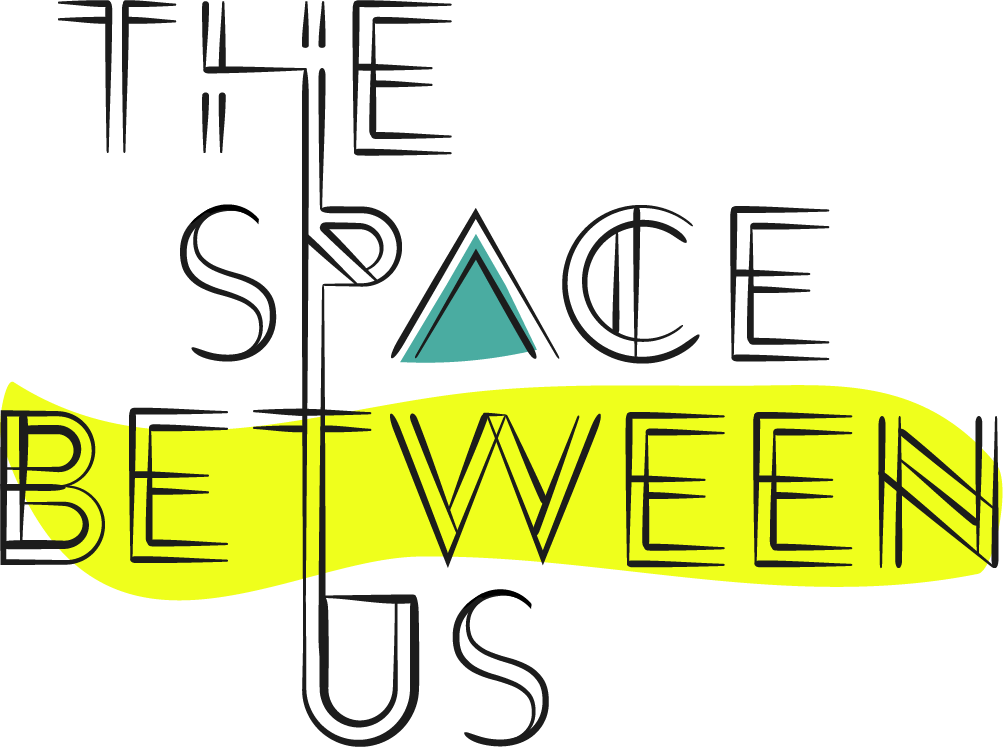Post #80
Dr. Julie Nagam’s opening questions for her course “Nuit Blanche and Other Ruptures” were ruptures in themselves. Instead of asking us to consider the superficiality of public art as ‘art’ per se, Dr. Nagam encouraged us to interrogate the space around us: What are the hegemonies that we know to be true in public space, and how do they shift in different places? Rooted in feminism along with spatial, Indigenous, and critical race theory, these questions immediately framed an intensive week of public art tours around Winnipeg, guest speakers from our city and across Canada, and most importantly, powerful conversations.
While we studied our assigned readings at home, in-person meetings were devoted to transforming theory into praxis through playful discussions that questioned how our social and physical worlds are built on the foundations of difference. Let me just say that these chats were academically unconventional, and rarely PG. We laughed and cussed over meals and art-making, had lunch next to a wine store that some of us perused, and shared ideas and stories over drinks—and later in a hot tub—outside of class. Memorializing the rambunctious style that dominated the week is our artwork in the Aabijijiwan New Media Lab, with KC Adam’s Big Clit Energy sitting at the center of our colourful mosaic. Almost a mantra for our week together, Big Clit Energy stands in total opposition to Big Dick Energy and, in my mind, is our language for exposing and disrupting the patriarchal, colonial arrangement of the world around us.
Allowing talk and play to guide our class reminds me of Ontario-based artist Hiba Abdallah’s artistic process. Abdallah describes her practice as socially engaged art, “a method focused on collaboration with others where the process of working with individuals, communities, and institutions is the artwork.”¹ Engaging with conversation and text as mediums, her place-based art transforms public space into a place for community discourse. However, her work also embraces complexities: “one of the difficult parts of collaborating with others is having tough and honest conversations in public.”² Abdallah’s practice embodies our class’s experience while speaking to the powerful potential of public art. Just like Dr. Nagam’s questions, art can guide people to question the space around them, and, like Abdallah, encourages an appreciation for talking as a way of making.
Left to Right: Carly Bach, KC Adams, Amanda Laverdure, and Jaelyn Rae installing class artworks in Aabijijiwan New Media Lab. Photo courtesy of Collen Leduc, May 16, 2022.
Case of student artworks at Aabijijiwan New Media Lab. Photo courtesy of Collen Leduc, May 16, 2022.
—
1 Hiba Abdallah, “Everything I Wanted to Tell You: Collaborative Practice in Public Space” in Holding Ground: Nuit Blanche and Other Ruptures, edited by Julie Nagam and Janine Marchessault (Toronto: PUBLIC Access, 2021), 59.
2 Abdallah, “Everything I Wanted to Tell You,” 63.
—
Christina Thomson


